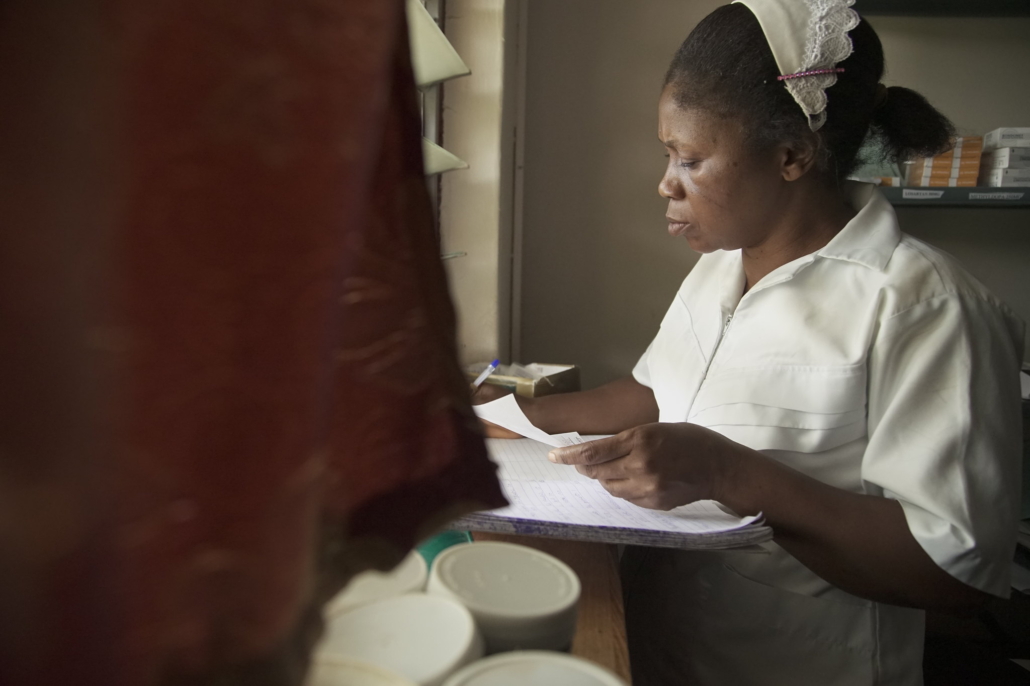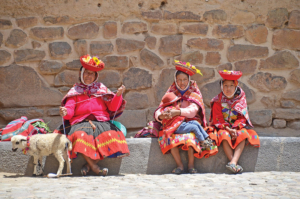 The COVID-19 pandemic accelerated the global shift to telehealth, enabling health care professionals and patients to connect remotely. However, resource disparities meant some countries faced greater challenges in transitioning. The shift to telemedicine was particularly difficult in Peru, which borders Chile and Bolivia, due to limited infrastructure and internet access, especially in rural areas.
The COVID-19 pandemic accelerated the global shift to telehealth, enabling health care professionals and patients to connect remotely. However, resource disparities meant some countries faced greater challenges in transitioning. The shift to telemedicine was particularly difficult in Peru, which borders Chile and Bolivia, due to limited infrastructure and internet access, especially in rural areas.
Background of Telemedicine in Peru
Peru’s health system is divided into three practices, the first one being Social Security Hospitals (SSH), the second being the Federal Government Hospitals (FGH) and then private hospitals. The growth of internet access in Peru started in 2005. That year the first regulatory document related to telehealth was approved by the “Supreme Decree No. 028-2005-MTC.” Furthermore, in 2009, the first technical standards were approved to set guidelines for these online services. Later, in 2016, a framework was set for expanding telehealth, such as the ability to fill out prescriptions online.
When the pandemic hit, the full force of telemedicine and telecommunication services was set into motion. However, Peru is divided into three main geographical regions: the Coast, the Peruvian Andes and the Jungle. Internet access remains limited across these areas, with only 63.3% of residents on the Coast, 36% in the Andes and 33% in the Jungle having connectivity. This disparity poses a significant challenge to the advancement of telemedicine, as limited internet access hinders the reach of digital health care services to remote and underserved communities.
What Is Being Done?
“Teleatiendo,” created by the Ministry of Health of Peru, provides online consultations for those seeking virtual health care services. Other online resources, such as the “Cayetano Heredia National Hospital” teleconsultation application, specifically support diabetic patients. Looking toward the future, the incoming candidates for Congress and the presidential seat have promised to work on making the Internet more available nationwide.
Peru has the highest internet costs in Latin America, posing a barrier to equal access, especially in telemedicine advancements. More structured frameworks are being set in motion for mobile health apps (mHealth) based on different evaluations, such as effectiveness and security. Due to 60% of the population being in a lower socioeconomic sphere, accessing these technologies is difficult. However, the “WiLD multihop network” could improve connectivity in underserved areas, making health care access more feasible for those in remote or low-income communities.
Partners in Health
Partners in Health is an organization dedicated to creating “preferential options” for the impoverished in health care. The organization has developed seven telemedicine applications to improve health care access, each tailored to specific needs:
- Bienestár: Provides free mental health screenings and connects users to specialized psychologists.
- KUSKA: Offers similar mental health support but is available in Quechua, catering to Peru’s indigenous population.
- Soy Qhalikay: Detects type 2 diabetes and hypertension, prompting follow-up care from nursing and nutrition teams.
- Chatea con tu Nutri: Connects users to health facilities focused on diet and exercise improvements.
- ALMA: Supports breast cancer prevention by providing free mammograms to at-risk women.
- GESTamor: Assists pregnant individuals with referrals for prenatal care and health monitoring.
- CASITA: Offers free screenings and educational resources to detect infant developmental delays, with training and support for caregivers.
Each app is vital in expanding health care access across different demographics in Peru.
The Future of Telemedicine in Peru
As telemedicine expands in Peru, so does the push for broader internet access, ensuring that all citizens can access essential health care. Significant progress has been made in recent years, with the trajectory continuing upward as internet availability increases and telemedicine gains a stronger foothold in the country. These advancements promise a future where health care is more accessible and inclusive for all Peruvians.
– Isabella Chavez
Isabella is Swampscott, MA, USA and focuses on Technology and Global Health for The Borgen Project.
Photo: Flickr
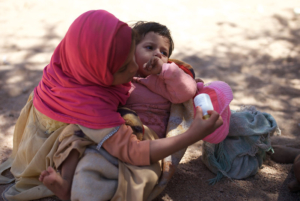

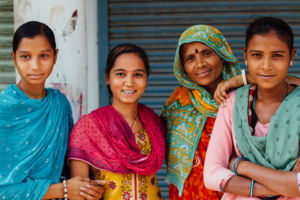

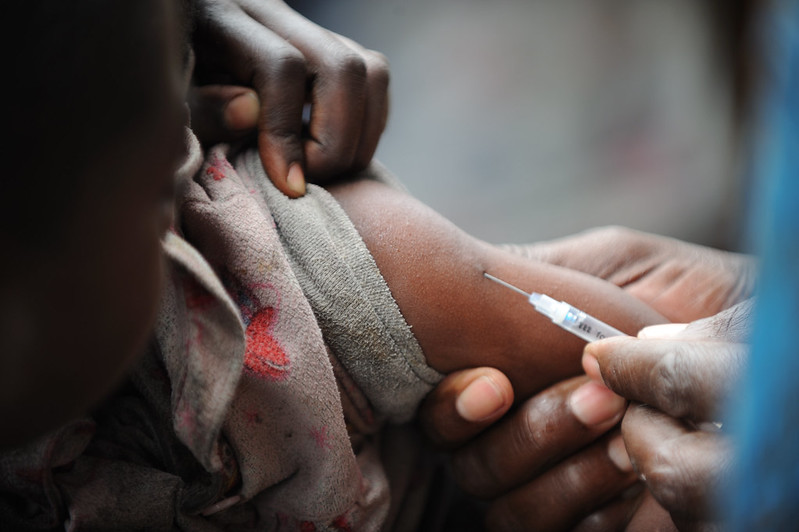 In October 2024, the Democratic Republic of the Congo (
In October 2024, the Democratic Republic of the Congo (
 Rapid economic development and inadequate water infrastructure pose significant public health challenges in
Rapid economic development and inadequate water infrastructure pose significant public health challenges in 